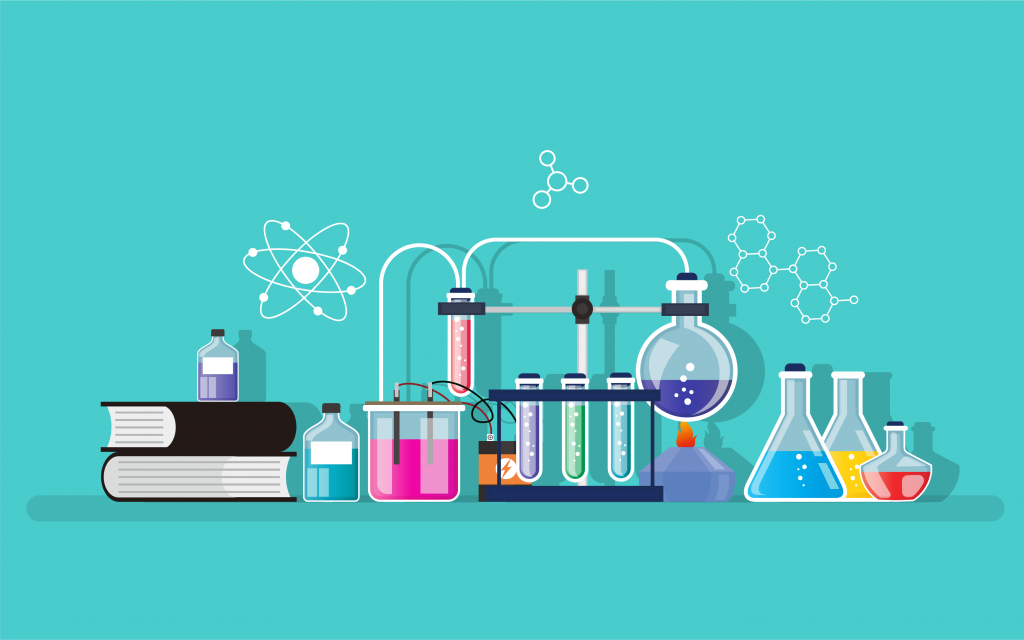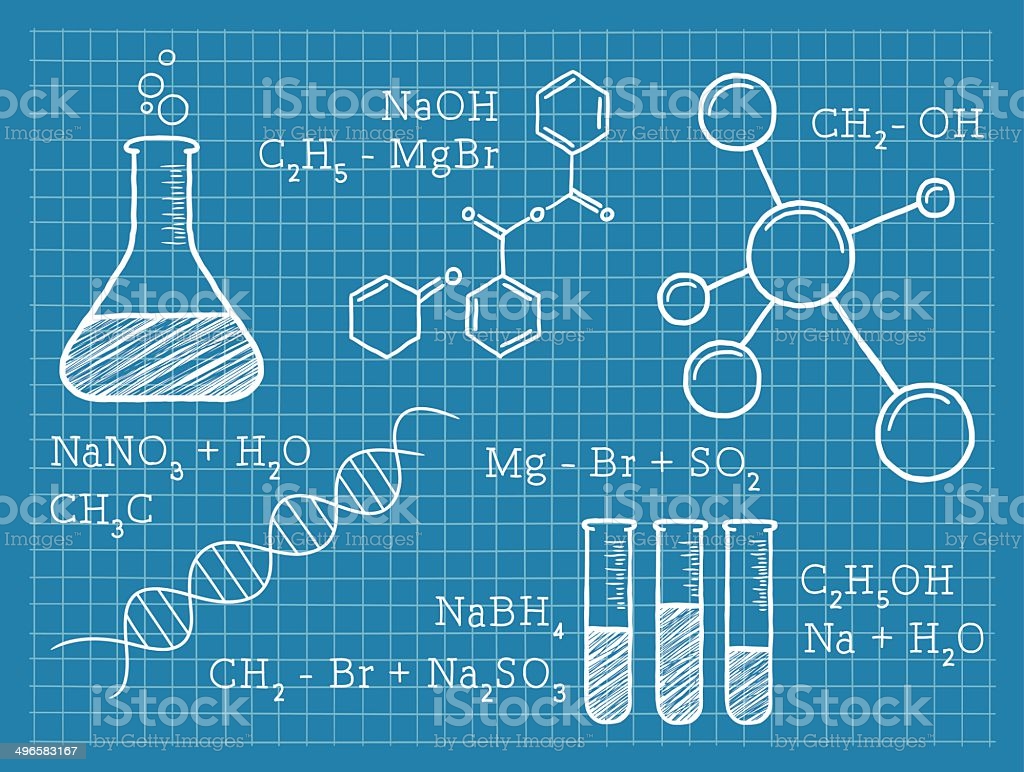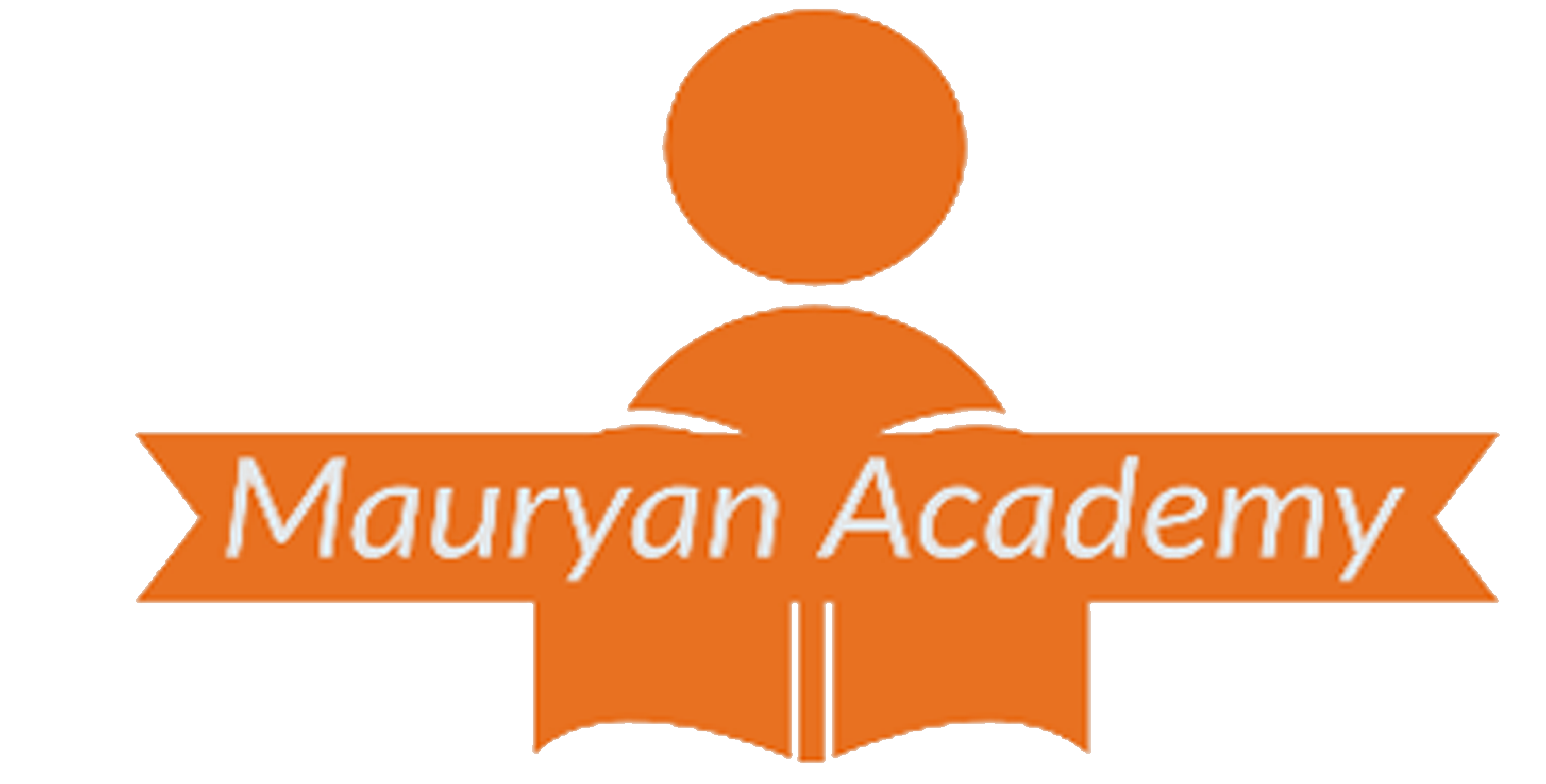What is Chemistry ?
Table of Contents

Chemistry is that the branch of science that deals with the study of the composition, structure, properties, and changes that occur during a reaction. Its literal configuration is rasa + Ayan which accurately means the study of rasas (liquids). it’s physics that deals with the study of atoms, molecules, crystals, and energy released or used during chemical processes.
In short, chemistry is that the scientific study of chemical substances. Matter consists of atomic or subatomic particles like electrons, protons, and neutrons. , combines astronomy, physics, materials science, biology, and geology.
The origin of the term ‘chemistry’ – Linguistics
- In linguistics, the basic root of chemistry, Chemy, springs from the Greek language Khymeia, which suggests the ‘Greek technique of metal making’.
- consistent with other beliefs, the meaning of Kemi – to merge.
- Chemistry’s parent metal Chemy is analogous to the Chinese word Kim, meaning the art of metamorphosis of metals. One sort of this is often Chin.
- The word Chemy in Arabic and Greek is a variation of the Chinese language Kim. The word Chimmi in Chinese (Mandarin-language) means ‘smelting gold’.
- Under chemistry, the transformation, formation, and properties of elements and compounds are broadly studied.
- consistent with another belief, chemistry is believed to return from the Spanish language alchemy, which springs from the Arabic al-Kimia, which accurately means transformation.
- Although there are different opinions on the origin of the word Kemi, even after this it’s certain that the basis of this word is that the same. Similar words are found within the languages of East Central Asia and Europe, hence this fact is confirmed.
- aside from this, the word ‘Rasayana’ has also been used extensively in Ayurveda. In Ayurveda, mercury was called ‘Rasaraja’ i.e. king of juices and medicines made up of mercury were called ‘Rasayana. ‘Rasashastra’ is formed of chemicals.
- Chemistry is that the art of understanding the mysteries of chemicals. it’s known from this science that what things are made from matter, what are their properties, and what changes happen in them.
- All matter is formed from elements. Indian scholarly philosophers declared that matter consists of the five great elements, namely- sky, air, water, light, and earth. On the opposite hand, consistent with Greek thinkers, matter consists of 4 sorts of elements, namely – earth, air, water, and fire.
- Chemistry began in Europe with Theophilus within the 12th century.
- within the 15th-16th century, Paracelsus (1493-1541 AD) worked within the field of pharmaceutical chemistry.
- Bacon (1561-1636 AD) laid the inspiration of recent chemistry within the 16th-17th centuries.
- The history of chemistry in India is extremely ancient. Indians had knowledge of chemistry and chemical technology from the pre-Harappan period (4000 BC). There are many references to the prevalence of Indian steel in history. The iron pillar of Delhi and therefore the copper statue of Buddha located in the Bhagalpur district of Bihar are irrefutable samples of this.

Field of chemistry
There also are many branches of chemistry that are divided into the study of drugs. The branches of chemistry are [organic chemistry], chemistry, biochemistry, chemistry, analytical chemistry, etc.
In chemistry, inorganic substances, in chemistry, inorganic substances, in biochemistry the substances present in micro-organisms, in chemistry, the structure, composition, and energy of matter, in analytical chemistry, the analysis of samples is studied to work out its structure and structure. Let’s know In recent times some more branches of chemistry like neuro-chemistry have emerged.
The field of chemistry is extremely wide and is expanding day by day with the coordination of other sciences. As a result, today we see the study of chemistry in many new areas like physics and chemistry, biochemistry, physio-chemistry, general chemistry, agricultural chemistry, etc.
For the convenience of study, we classify chemistry into several branches-
- 1. Analytical Chemistry
- 2. Biochemistry
- 3. Industrial Chemicals
- 4. Medicinal chemicals
- 5. radiochemistry
- 6. Agricultural Chemicals
- 7. Environmental Chemistry
- 8. Green Chemistry
- 9. Theoretical Chemistry
Apart from these, there are other branches like geochemistry, astrochemistry, polymer chemistry, cluster chemistry, electrochemistry, environmental chemistry, food chemistry, general chemistry, nanochemistry, solid-state chemistry, thermochemistry, etc.
Chemistry and our life
Chemistry has an integral contribution to improving human life. the event of chemistry is important to secure the longer term of mankind. this may be possible only the overall public is going to be attracted to this science. the necessity of the hour is to form judicious use of this science.
- the whole universe may be a huge storehouse of chemicals. Wherever our eyes go, we see different types of objects. the entire world is that the laboratory of chemistry. This science is filled with many amazing chemicals. The origin of stars, the looks of planets, and life on planets became possible only through chemical reactions within the universe.
- Chemistry has also been called a life-use science because this science has a crucial role within the internal activities of our body.
- the sole source of all the energy in the world is that the Sun, which is giving light and warmth for the last about 5 billion years, trees and plants are growing, animals are moving, clouds are moving, somewhere there’s a flash of lightning and thunder. Somewhere storms are making their presence felt, somewhere earthquakes and tsunami events are happening.
- altogether these incidents, chemicals are showing their feat.
- All of them are made from some of the opposite substance, which is in solid, liquid or gas form but they’re also chemicals.
- No aspect of our lives is untouched by chemicals.
- Scientists have also termed our life as ‘chemical action’.
- All the characteristics of life are echoes of chemical processes.
- The processes of nutrition, growth, digestion, excretion, reproduction in living things are chemical reactions.
- Chemical reactions are liable for all of the sensory experiences of humans, like words, touch, form, taste, and smell.
- chemistry is said to our lifestyle.
- We start with morning tea which is a solution boiled with milk, sugar, tea leaves.
- Chemicals play a task in meeting necessities like bread, clothes, and house.
- Wherever we glance, there are only sights of chemicals.
- Things of daily use, like soap, oil, brush, brush, brush, comb, glass, paper, pen, ink, medicines, plastic, etc. are the products of chemistry.
- Chemicals are prevalent in religion-karma, worship-recitation, bathing, incense-lamp, naivedya, incense sticks, roll, protection, and camphor, etc.
- In festivals and Teej festivals, chemicals also are prevalent behind lamps, candles, and firecrackers.
- Transport, telecommunications, transportation, and various sources of energy like coal, petrol, diesel, kerosene, naphtha, and cooking gas also are samples of various chemical compounds.
- Chemistry has played a tremendous role in making human life comfortable.
- Tools, equipment, and devices utilized in our lifestyle like chairs, tables, TV. Fridge, Clock, Cooker, Iron, Mixer, AC, Hearth, Utensils, Paints, Fabrics, Pigments and Dyes Detergents, Pesticides, Miscellaneous Cosmetics Detergents ), pesticides, various cosmetic ingredients, etc. are all a contribution of chemistry.
- chemicals are associated with every gas, liquid, or solid substance. The environment during which we live and breathe is formed from various chemicals. Gases like nitrogen, oxygen, CO2, argon, etc. are present within the atmosphere.
chemistry in medicine
The progress of life science is that the results of chemistry. at the present, 75 percent of the medicines are synthesized from chemical substances. Today there are about 4000 known medicines but the amount of diseases is around 30,000. Therefore, within the future, the priority of chemistry is mitigation.
classification of medicine
- 1. Headache and other analgesics
- 2. Burn Medicines
- 3. Anti-cold cough
- 4. Antiseptic
- 5. Laxatives
- 6. sedatives, anesthetics
- 7. Stimulants
Headache: Aspirin (C9H8O4) – the acetic ester of alicyclic acid
Burn Medicines – Skin Irritation tannin and Burnol on the Burn
Cough cough – 75 percent of the country’s people are affected
Kuliya – Thaimal, Menthal
Pancake – Acetanilide
Oral – menthol, camphor, propanediol spray
Antiseptic – Dettol, Mercurochrome, Boric Acid
emollients – Epsom salts, phenolphthalein strychnine
Anesthetics – Ether, Ethylene, laughing gas
hypnotic or sedative – phenobarbital
Antibiotic – Dr. Fleming obtained penicillin from Penicillium fungi in 1928. Streptomycin, Terramycin, Biomycin, Erythromycin – Synthesis of antibiotic chain
chemicals in household and food
- chrome steel utensils – a mix of 14% nichrome (an alloy of chromium and nickel) in iron
- Brass utensils – utensils made from copper and zinc alloy
- Bronze utensils – a precious alloy consisting of 88% copper, 10% tin, and a couple of percent zinc; Gold, Silver, and Bronze medals in sports
- Aluminum utensils – Bauxite (Al2O3)
- Silver utensils – soft metal, copper, or nickel mixed with it.
- Plastic dishes, cups, etc. – These are made from Bakelite, which is formed from phenol and formaldehyde.
- Rubber – a replacement substance made by mixing petroleum hydrocarbons and butadiene styrene with other chemical substances is named ‘artificial rubber’.
- Heavy Vehicle Tires – Chloroprene Rubber
- Aircraft tires – conducting polymers
- Chemicals in Food – 6 Main Chemical Components of Diet – Carbohydrates, Proteins, Lipids, Vitamins, Minerals, Water
- Use of chemicals in homes
- Stomach complaints – Vinegar – ethanoic acid salt and water.
- bicarbonate of soda – bicarbonate of soda
- washing soda – sodium carbonate (Na2CO3)
- edible salt – NaCl
- halite – KCl
- Alum – K2SO4, Al2(SO4)3, 24H2O
- In batteries – 38 percent aqueous solution of H2SO4
- quicklime – Ca(OH)2
- ethanol in alcoholic beverages
- Aroma of flowers – flavones and flavonoids.
- Raspberry smell – ionine
- Banana smell – isoamyl acetate
- Lemon freshness – limonene compound sourness – acid
- Antacid medicines for acidity – Mg(OH)2. thanks to this the stomach produces MgCl2 and water, which reduces acidity.
- In marble and chalky soils – CaCO3 compound.
- The main ingredient of toothpaste is Al2O3
- Compounds of Iodine in Mouthwash – Disinfectant
- Through chemistry, adulteration in food items, like milk, desi ghee, mustard oil, green vegetables, pulses, flour, tea, and spices also can be tested reception by simple methods.
- titanium dioxide and polyurethane are utilized in paints and varnishes. the idea of paint utilized in houses is acrylic latex.
